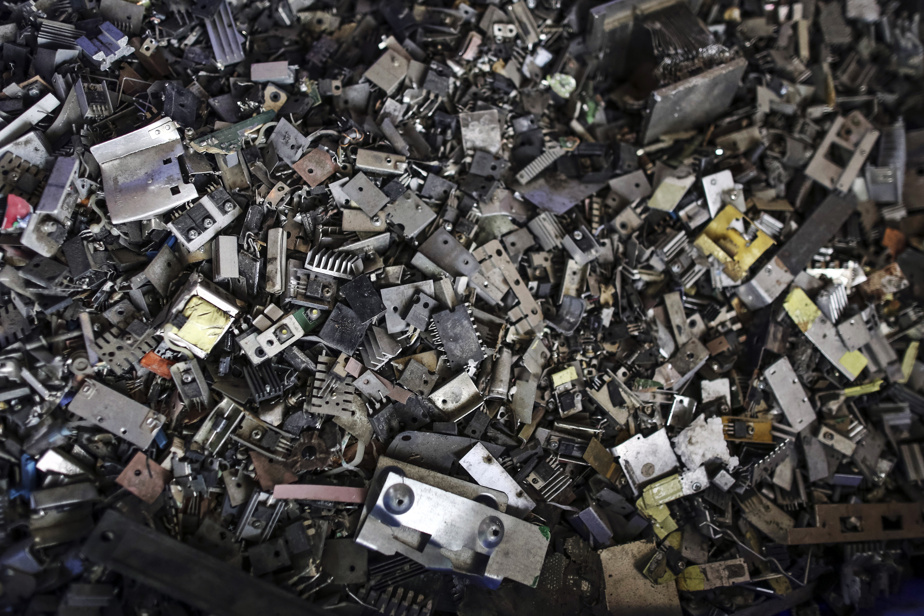(Paris) Less than a quarter of the 62 million tonnes of electronic waste produced in 2022 were recycled, leading to pollution of heavy metals, plastics and toxic chemicals, warns a UN report.
“It’s a big disaster for the environment,” deplores Kees Balde, lead author of the Global E-waste Monitor report, to AFP.
This waste also poses significant health risks, particularly in the poorest countries.
A total weight of 62 million tonnes of electronic waste was produced in 2022, approximately twice as much as in 2010.
This includes many small everyday items like electronic cigarettes and tablets, household appliances from electric toothbrushes to toasters, or larger ones like television screens, electric bicycles and scooters.
“It’s very easy to buy something. It only takes a few clicks… It’s much harder to get rid of it,” Balde said, adding that there’s little consumers can do if governments and businesses don’t make recycling easier.
According to the United Nations Institute for Training and Research (UNITAR) and the International Telecommunications Union (ITU), another United Nations agency, each person on Earth generates an average of 7.8 kilograms of e-waste per year.
But this varies considerably from one country to another: a European produces about seven times as much as an African.
Every year, unmanaged e-waste generates 45,000 tonnes of harmful plastics and 58 tonnes of mercury into the environment, according to the UN.
Much of this e-waste comes from rich countries but is shipped to poorer countries “disguised as second-hand goods” that actually no longer work, Balde says.
However, it is in developing countries that the treatment of this waste is most deficient: less than 1% of it is recycled correctly in Africa, often in informal environments without appropriate equipment, where workers are exposed to dangerous substances, points out the report.
The scourge of e-waste will only worsen as demand for new technologies, including solar panels and electric vehicles, outstrips recycling capacity, the report says.
However, this waste is far from being worthless: the UN estimates the value of the metals contained in all these discarded objects at $91 billion.
